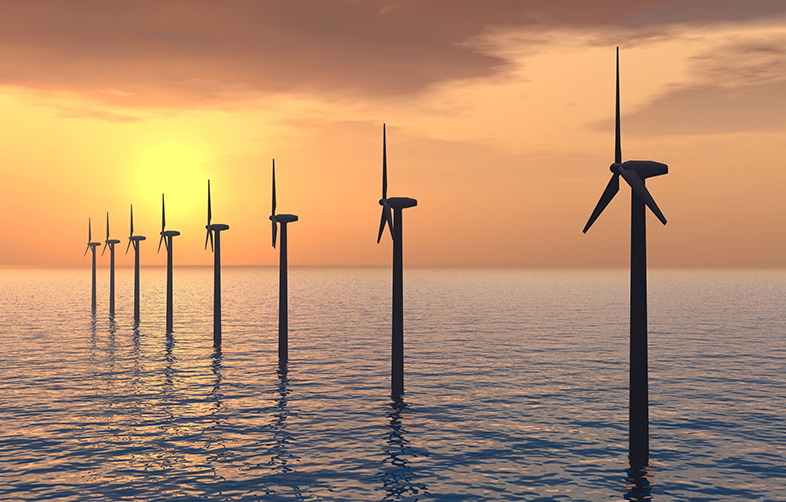1 UK renewable energy futures
Firstly we’ll discuss renewable energy futures, starting with the prospects for deployment of renewables in the UK.
How much of the UK’s energy needs could renewables supply in the coming decades? Figure 13 in Week 1 [Tip: hold Ctrl and click a link to open it in a new tab. (Hide tip)] illustrated how the UK’s independent Committee on Climate Change (CCC) envisages the potential contribution of renewables growing from 2020 to 2030.
Its analysis suggests that by 2030 renewables could be providing between:
- 28 and 46% of UK delivered energy
- 30 and 65% of electricity supplies
- 35 and 50% of heat
- 11 and 25% of transport energy (CCC, 2011).
The prospects for UK renewables deployment on a shorter timescale, to 2020, were published in 2011 by the Department of Energy and Climate Change (DECC) in its Renewable Energy Roadmap (DECC, 2011e). The UK is committed under the EU Renewable Energy directive (European Commission, 2009) to produce some 15% of its gross final energy from renewables by 2020, and the Roadmap sets out in some detail how the UK government proposes to achieve this.
| Technology | Central range for deployment in 2020/TWh y-1 |
| Onshore wind | 24-32 |
| Offshore wind | 33-58 |
| Biomass electricity | 32-50 |
| Marine | 1 |
| Biomass heat (non-domestic) | 36-50 |
| Air-source and ground-source heat pumps (non-domestic) | 16-22 |
| Renewable transport | Up to 48 |
| Others (including hydro, geothermal, solar and domestic heat) | 14 |
| Estimated 15% target | 234 |
| Source: DECC, 2011e |
Footnotes
Table 1, summarises the ranges of annual energy contributions of the eight technologies DECC considers likely to make the most significant contributions to achieving the 15% goal in its ‘central view’ of their deployment potential.
Watch this video, which looks at EU and UK Renewable energy targets for 2020 and 2030, at fossil fuel supplies, and the factors involved in a transition to low-density renewable sources. The potential resource available from solar power in the UK is discussed, along with the case for major investments in renewables.

